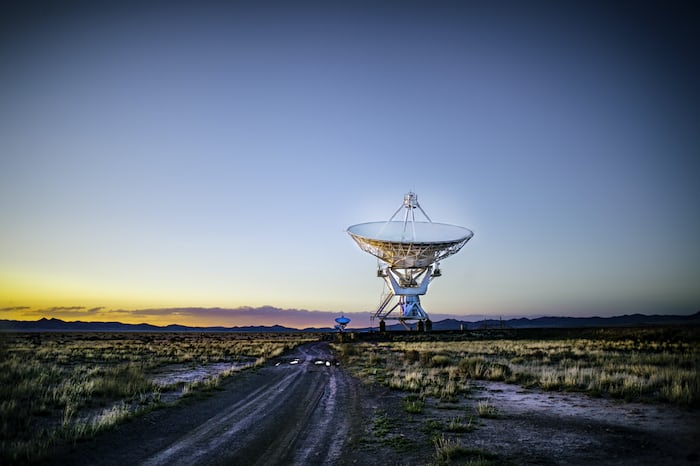SpaceX has expanded its Starlink satellite internet service to Zambia, making it the sixth African country where the network is active. Starlink tweeted confirmation of its launch in Zambia last week, with the country newly listed as “available” on its online coverage map.
Zambian President Hakainde Hichilema also announced Starlink’s arrival on his official account, stating that access to technology and information is no longer a luxury for Zambians.
Starlink uses a network of low-Earth orbit satellites to provide high-speed broadband, primarily targeting remote and rural areas lacking reliable connectivity. The service is expected to reach underserved Zambian users beyond the reach of traditional networks.
According to Starlink’s website, Zambian users can purchase the required satellite antenna hardware for 10,744 Zambian Kwacha (US$505). The monthly subscription cost is 771 Kwacha ($36).
Starlink said users can expect high speeds but intermittent connectivity and latency initially, improving dramatically over the next year. It offers a 30-day risk-free trial with no contracts or data caps. Shipping times to Zambia are estimated at 2-3 weeks currently.
Before its official Zambian launch, SpaceX conducted trial satellite connections nationwide earlier this year. It received an operating license to roll out its service in June 2023.
Starlink is active in several other African countries, including Nigeria, Kenya, Mozambique, Rwanda and Malawi. Last week, it announced a partnership with e-commerce firm Jumia to sell Starlink hardware in Africa, starting with Nigeria in the coming weeks.
Pan-African telecom provider Paratus also signed a deal to resell Starlink’s services across Africa, with Zambia covered under the agreement.
While Zambia represents Starlink’s latest African launch, expansion plans for 2023 and 2024 point to further growth. Starlink aims to launch in over 20 additional African countries in 2024, including populous nations like Egypt and South Africa.
With broadband penetration rates as low as 20% in parts of Africa, Starlink’s satellite-based service provides a potential solution for closing the digital divide. But its relatively high costs could still put fast internet out of reach for many low-income Africans, even in covered countries.
As it continues expanding, Starlink’s ability to drive greater digital inclusion in Africa depends on making satellite connectivity truly affordable and accessible. Its recent arrival in Zambia is a significant step, but more progress is needed to deliver on the promise of bridging connectivity gaps across the continent.



